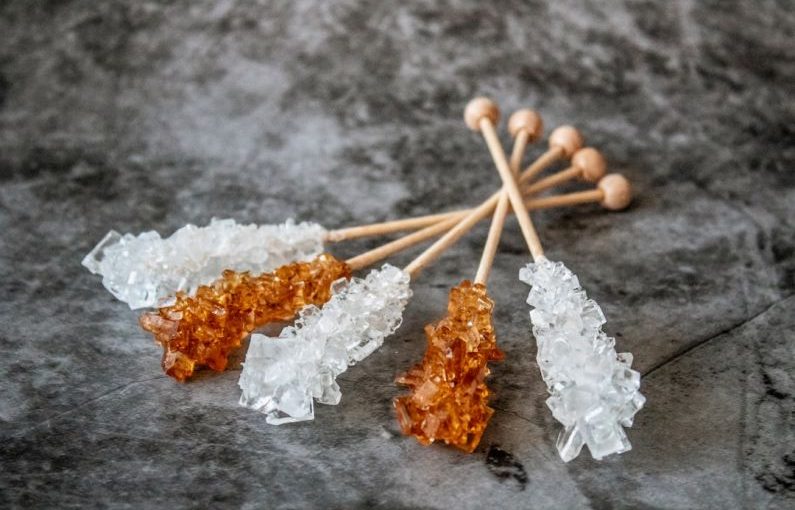Crystals of pure sweetness, sparkling like gemstones, rock candy has captivated taste buds for centuries. This crystalline confection is not just a treat for the palate but also a feast for the eyes, with its vibrant colors and unique shapes. From its fascinating history to its modern-day uses, rock candy continues to enchant both young and old alike.
History and Origins
The origins of rock candy can be traced back to ancient times, with references found in texts from India and Iran dating back thousands of years. Initially used for medicinal purposes due to its perceived health benefits, rock candy eventually evolved into a popular sweet treat enjoyed by people worldwide. The crystallization process, where sugar molecules form orderly arrangements to create the characteristic structure of rock candy, is what gives this confection its unique texture and appearance.
Crystallization Process
The process of making rock candy is a simple yet mesmerizing one. It begins by creating a supersaturated solution of sugar and water, usually by heating the mixture until all the sugar is dissolved. This solution is then poured into containers, where wooden sticks or strings are suspended to act as seed crystals. Over time, as the solution cools, sugar molecules start to crystallize around these seed crystals, growing larger and forming the familiar rock candy shape. The length of time required for the crystals to grow depends on various factors such as temperature, sugar concentration, and the presence of impurities.
Varieties and Flavors
Rock candy comes in a myriad of flavors and colors, making it a versatile treat that can cater to a wide range of preferences. From classic flavors like strawberry and lemon to more exotic options such as lavender and matcha, there is a rock candy flavor for every taste bud. The vibrant hues of rock candy are often achieved using food coloring, adding to the visual appeal of this already striking confection. Some varieties of rock candy also feature intricate designs or patterns, showcasing the artistic potential of this sweet treat.
Culinary Uses
While rock candy is often enjoyed on its own as a standalone treat, it also has various culinary uses that can elevate both sweet and savory dishes. Crushed rock candy can be used as a topping for desserts like ice cream or cupcakes, adding a crunchy texture and burst of sweetness. It can also be dissolved in hot beverages like tea or coffee to create flavored syrups, infusing drinks with a subtle sweetness and hint of flavor. In savory dishes, rock candy can be used to add a touch of sweetness to marinades or glazes, balancing out savory flavors and creating a harmonious taste profile.
Modern-Day Popularity
In recent years, rock candy has experienced a resurgence in popularity, thanks to its nostalgic appeal and Instagram-worthy aesthetics. Artisanal rock candy makers have emerged, offering handcrafted confections in a variety of unique flavors and designs. Rock candy has also found its way into the world of mixology, with bartenders incorporating it into cocktails as a sweetener or garnish. Its versatility and visually appealing nature make rock candy a favorite choice for special occasions like weddings, parties, and corporate events, where it can serve as both a sweet treat and a decorative element.
A Sweet Conclusion
In conclusion, rock candy is more than just a sugary delight—it is a symbol of craftsmanship, creativity, and joy. Its rich history, mesmerizing crystallization process, diverse flavors, and culinary uses make it a beloved treat that continues to enchant generations of candy lovers. Whether enjoyed on its own or incorporated into culinary creations, rock candy is sure to add a touch of crystallized sweetness to any occasion.





